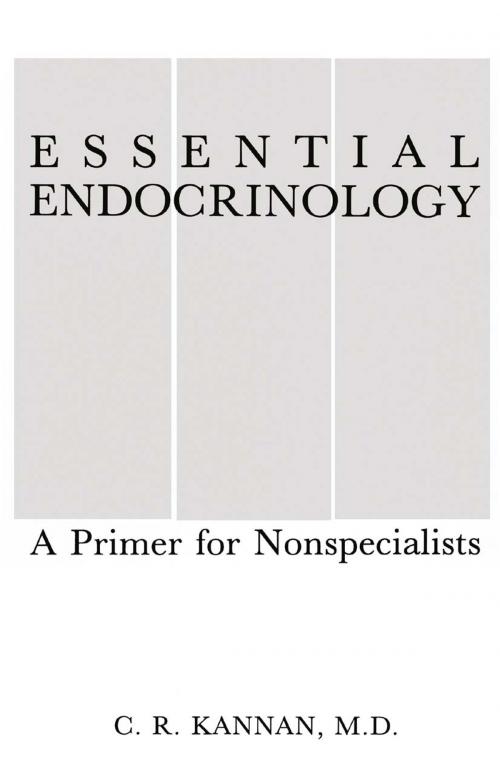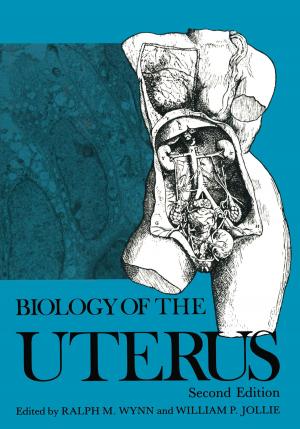Essential Endocrinology
A Primer for Nonspecialists
Nonfiction, Health & Well Being, Medical, Specialties, Internal Medicine, Endocrinology & Metabolism, General| Author: | C.R. Kannan | ISBN: | 9781489916921 |
| Publisher: | Springer US | Publication: | June 29, 2013 |
| Imprint: | Springer | Language: | English |
| Author: | C.R. Kannan |
| ISBN: | 9781489916921 |
| Publisher: | Springer US |
| Publication: | June 29, 2013 |
| Imprint: | Springer |
| Language: | English |
This work, Essential Endocrinology: A Primer for Nonspecialists, is written with dual purposes in mind: first, to provide a framework of basic endocrinology and diabetology to the medical student, and second, to provide a quick, con cise, and handy "guide" to the junior residents in their early years of training who wish to obtain a working knowledge about endocrine disorders that affect their patients. One of the outstanding advantages of being a teacher of en docrinology to students and junior residents is that it bestows a perspective from a unique vantage point. Books written for the junior members of our profession have suffered from extremes of caliber, ranging from excellence beyond their comprehension to insufferable mediocrity. Textbooks in en docrinology that are simple enough to cover the principles of that speciality and yet comprehensive enough without treading into controversial quicksand are few and far between. This book is aimed at filling that gap and is written with no other criterion than simplifying a complex subject matter. From this touchstone, the work has never really departed. A decade of experience as a teacher and physician in the field of endo crinologyhas impressed on me that the process of "simplification" rests on four basic principles: an understanding of endocrine concepts, the application of these concepts to the understanding of diseases, the transference of knowl edge to clinical situations, and the integration of the patient with the labo ratory, the ultimate testing ground where clinical diagnoses stand or fall.
This work, Essential Endocrinology: A Primer for Nonspecialists, is written with dual purposes in mind: first, to provide a framework of basic endocrinology and diabetology to the medical student, and second, to provide a quick, con cise, and handy "guide" to the junior residents in their early years of training who wish to obtain a working knowledge about endocrine disorders that affect their patients. One of the outstanding advantages of being a teacher of en docrinology to students and junior residents is that it bestows a perspective from a unique vantage point. Books written for the junior members of our profession have suffered from extremes of caliber, ranging from excellence beyond their comprehension to insufferable mediocrity. Textbooks in en docrinology that are simple enough to cover the principles of that speciality and yet comprehensive enough without treading into controversial quicksand are few and far between. This book is aimed at filling that gap and is written with no other criterion than simplifying a complex subject matter. From this touchstone, the work has never really departed. A decade of experience as a teacher and physician in the field of endo crinologyhas impressed on me that the process of "simplification" rests on four basic principles: an understanding of endocrine concepts, the application of these concepts to the understanding of diseases, the transference of knowl edge to clinical situations, and the integration of the patient with the labo ratory, the ultimate testing ground where clinical diagnoses stand or fall.















